[ad_1]
Some of the well-liked forms of telephoto lenses is the standard 70-300mm variable aperture zoom. They’re small, gentle and low cost – and lots of of them nonetheless handle good picture high quality. Anybody can guess why Nikon took so lengthy to introduce one into its Z system. As a substitute, photographers who need a light-weight telephoto lens have for years tailored the Nikon AF-P 70-300mm f/4.5-5.6E to F mount. Nonetheless, now that Tamron’s 70-300mm f/4.5-6.3 can also be accessible with a local Nikon Z mount, I needed to match the 2 lenses intimately. What’s the greatest?
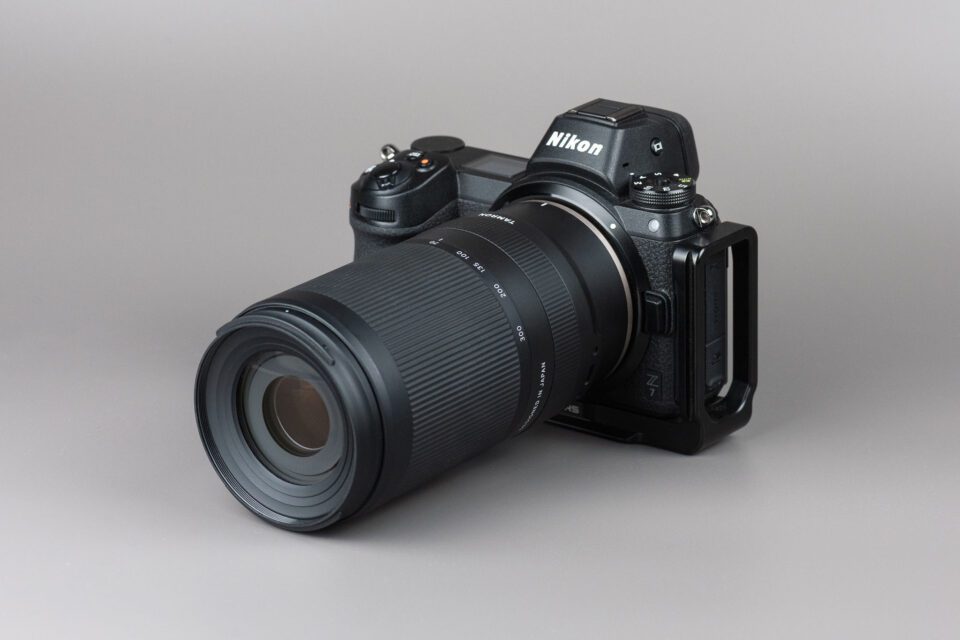
Top and weight
Probably the greatest components of those two lenses is their small dimension and light-weight weight. The Nikon 70-300mm f/4.5-5.6E weighs 680 grams (1.50 kilos), whereas the Tamron 70-300mm f/4.5-6.3 is even lighter at 545 grams ( 1.20 kilos).
In follow, the Tamron’s weight benefit is even higher than that, because you needn’t use Nikon’s FTZ adapter to mount it on a Nikon Z digital camera. With the FTZ II adapter weighing 125 additional grams (0.28 kilos), the comparability leans much more in the direction of Tamron. Certain, each are light-weight lenses, however there’s nonetheless greater than half a pound distinction between them.
As for dimension, the distinction is even larger. Here’s a tough comparability of Nikon lens + FTZ II adapter vs. Tamron lens dimension, to scale:
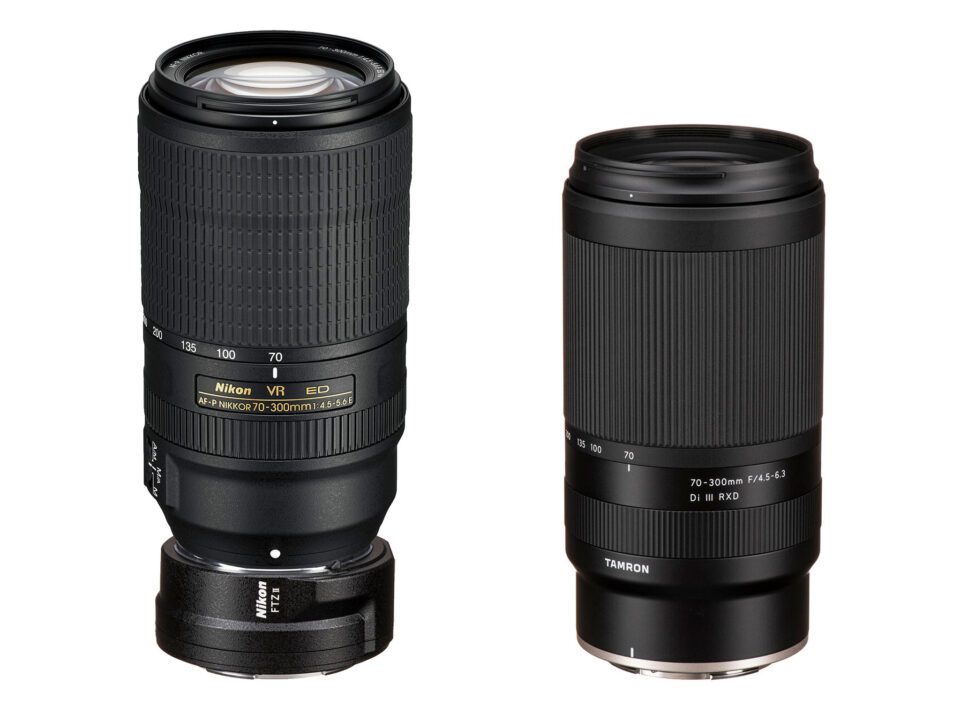
Briefly, the Tamron 70-300mm f/4.5-6.3 wins the dimensions and weight contest. Contemplating 70-300mm variable aperture lenses are well-liked for light-weight wants like journey and mountaineering, that is a giant plus in Tamron’s column.
Building and dealing with
Neither of the 2 lenses I am evaluating at this time are thought of high-end. That does not make them unhealthy lenses optically, but it surely does imply they’ve compromises in construct high quality and dealing with.
One of many largest trade-offs is that each lenses have exterior zoom designs, the place the lens barrel extends as you zoom. Even some professional lenses do that, and it is not a dealbreaker, but it surely does require additional warning when utilizing these lenses in dusty or wet environments.
Each lenses have largely plastic exteriors, with a couple of key areas fabricated from metallic (just like the lens mounts). The plastic is a bit nicer on the Nikon lens.
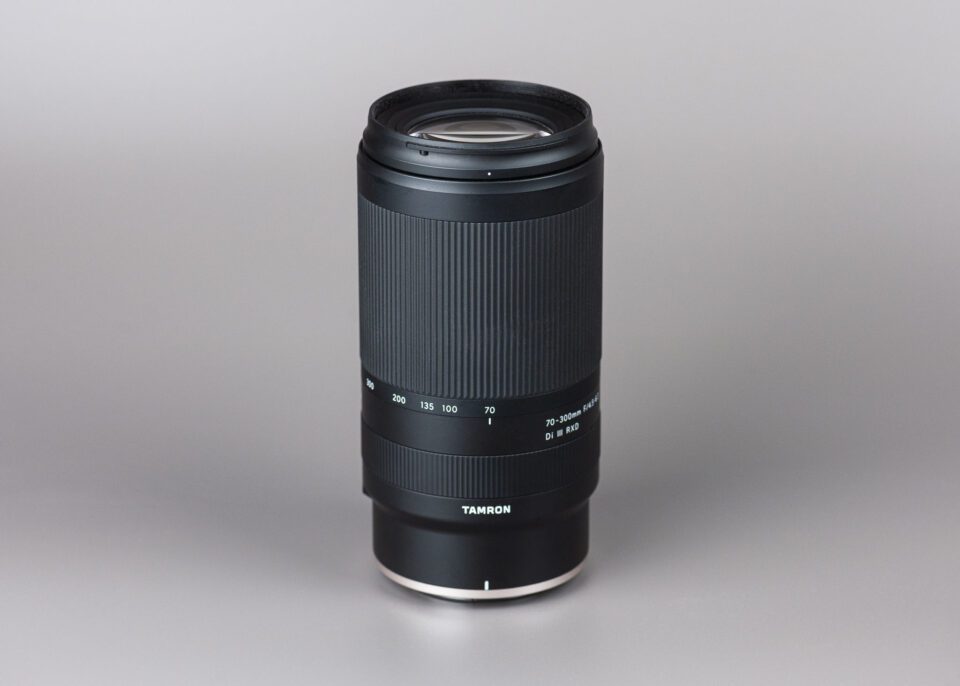
In terms of dealing with options, the Nikon lens comes out on prime, because it has a devoted MA change and a VR change. In the meantime, the Tamron 70-300mm f/4.5-6.3 has no buttons or switches. Each lenses have a zoom ring and a spotlight ring.
I desire the dealing with of the Nikon lens, whereas I’d charge the construct high quality of each lenses about the identical. That stated, the addition of the FTZ adapter positively makes the Nikon extra annoying to make use of, particularly when you’re swapping the FTZ adapter between a number of F-mount lenses.


Picture high quality
Which lens performs higher optically between the Nikon AF-P 70-300mm f/4.5-5.6E and the Tamron 70-300mm f/4.5-6.3? In most classes, both the 2 lenses are tied or the Nikon lens is the winner. However let’s take a better look, as a result of the variations might not be vital sufficient for you.
1. Distortion
Devoted telephoto lenses typically haven’t got a lot distortion, even zooms like these. That stated, the Tamron has a bit greater than I might prefer to see. Listed here are our full distortion measurements:

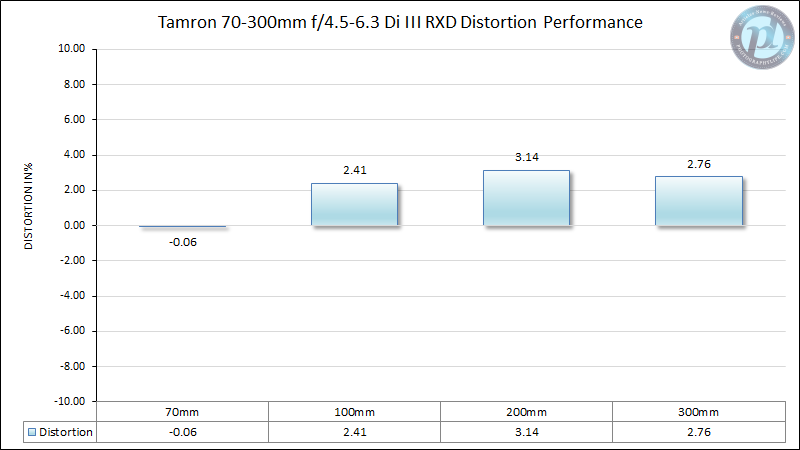
As you may see, the Nikon lens is a lot better managed for distortion. The Tamron achieves pincushion distortion of three.14% at 200mm, which is loads for a telephoto lens.
2. Vignetting
Subsequent comes vignetting. Neither lens is horrible on this regard, however they nonetheless have noticeable vignetting:
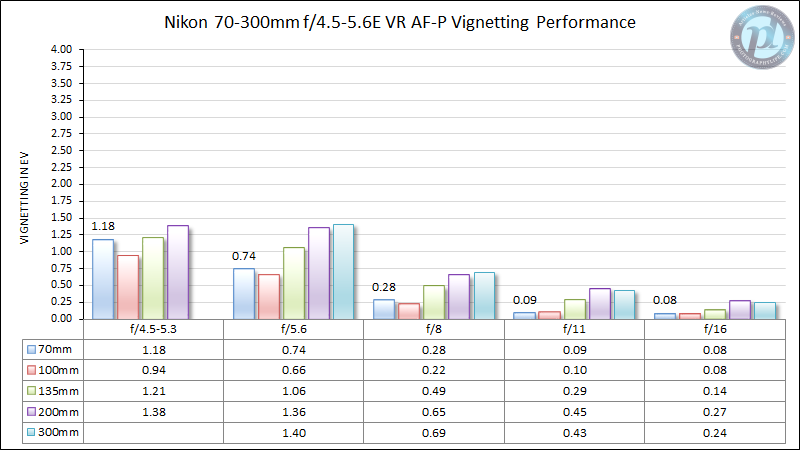
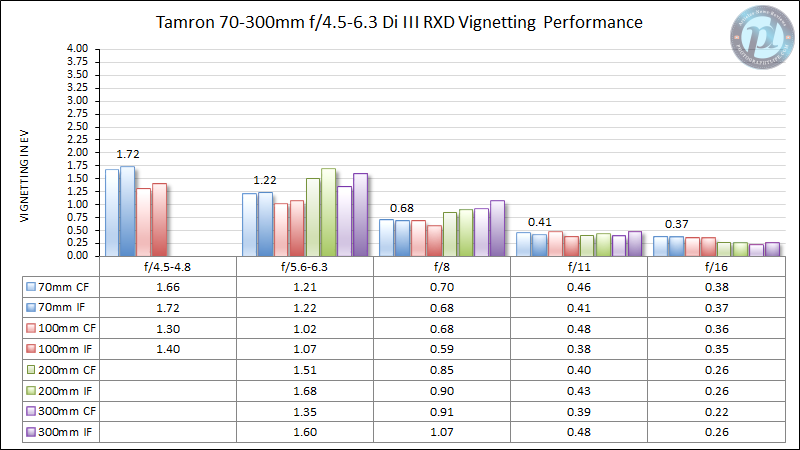
Notice that our checks for the Tamron lens embrace each shut focus and infinity focus information, whereas we solely measured infinity focus vignetting on the time. Nikon lens take a look at.
To sum up, the Nikon lens has much less vignetting in virtually all circumstances, particularly at vast apertures the place vignetting is best. The variations at 70mm, 100mm, 200mm and 300mm are 0.54 stops, 0.46 stops, 0.30 stops and 0.20 stops respectively. The variations aren’t big, however all of them favor the Nikon lens.
3. Lateral chromatic aberration
The Nikon AF-P 70-300mm f/4.5-5.6E and Tamron 70-300mm f/4.5-6.3 have very totally different chromatic aberration profiles, as you may see under:
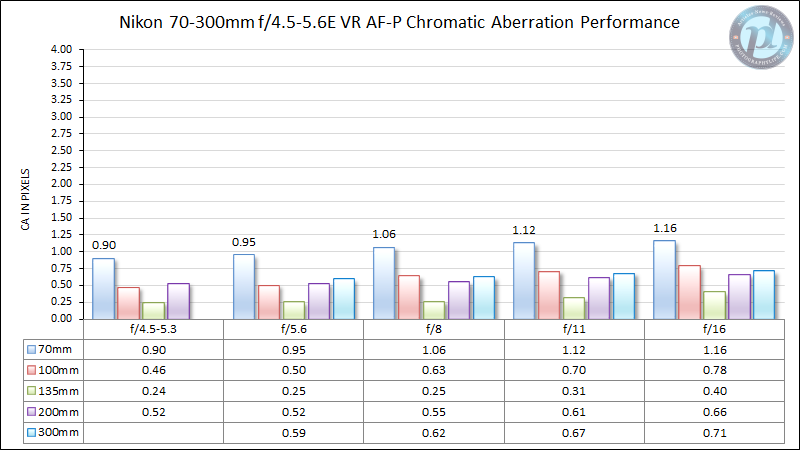
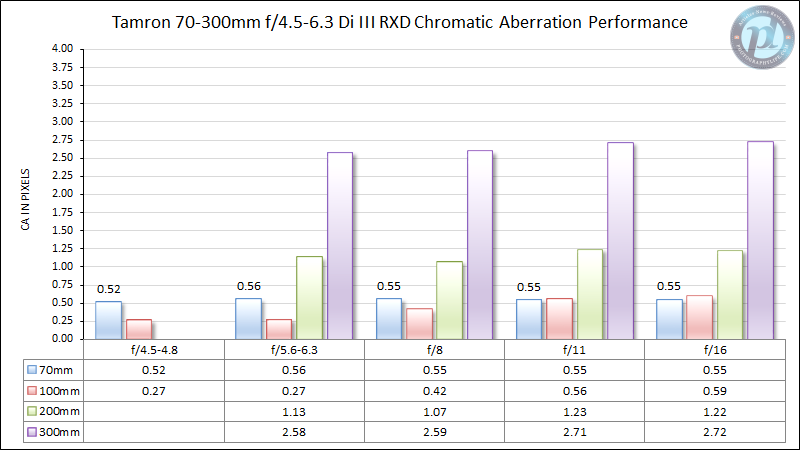
At 70mm, the Tamron lens has much less chromatic aberration, though neither lens has sufficient to be of concern. The story is comparable at 100mm, with even much less CA on each lenses. At 200mm the Tamron’s CA ranges begin to rise – it is now greater than the Nikon and could be seen in real-world photographs. Lastly, at 300mm, the Tamron lens soars in CA ranges, whereas the Nikon lens stays very docile.
General I’d say chromatic aberration efficiency is comparable from 70mm to 200mm, however the Tamron lens is far worse at 300mm.
4. Sharpness
Now the second you have been ready for – sharpness! Which lens is sharper? Whereas each lenses have stable efficiency right here, neither hits the degrees we have seen with high-end telephoto lenses.
I am going to begin with 70 mm:
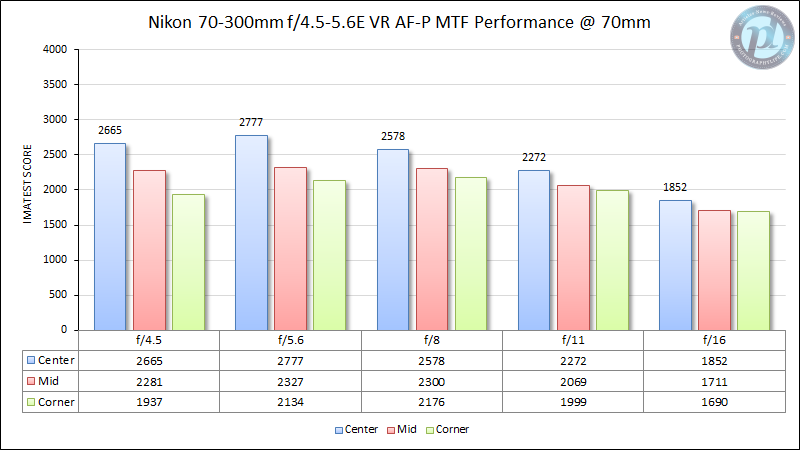
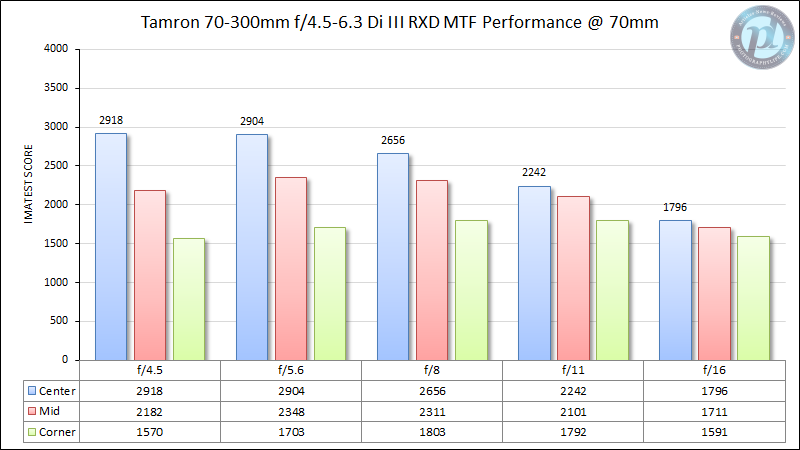
Right here, the story is sort of easy. The Nikon lens has higher angles, whereas the Tamron lens is sharper within the middle, and the 2 are extraordinarily comparable in medium frames. As anticipated, the variations slender all the way down to f/11 and f/16.
Now for 100mm:
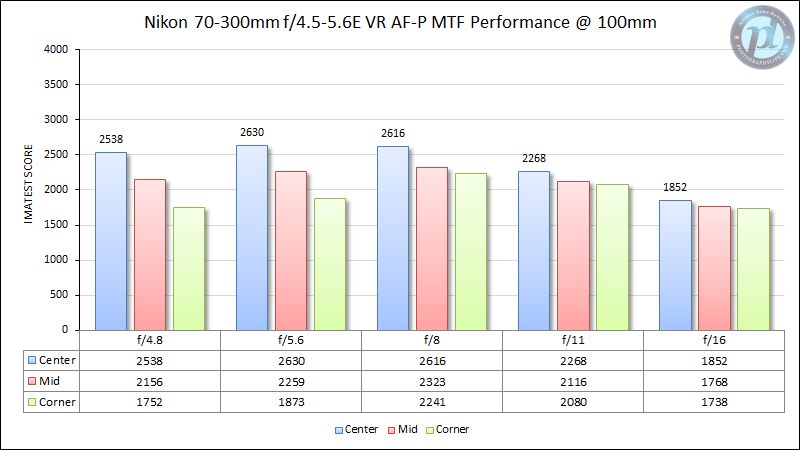
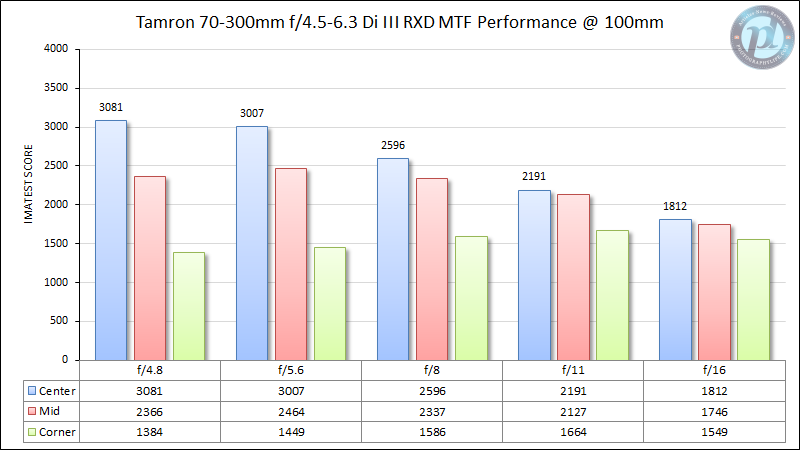
The state of affairs could be very comparable at 100mm – the truth is, extra pronounced. The corners now strongly favor the Nikon lens, whereas the middle strongly favors the Tamron lens. Mid-frame sharpness is a bit greater on the Tamron.
Now 200mm:
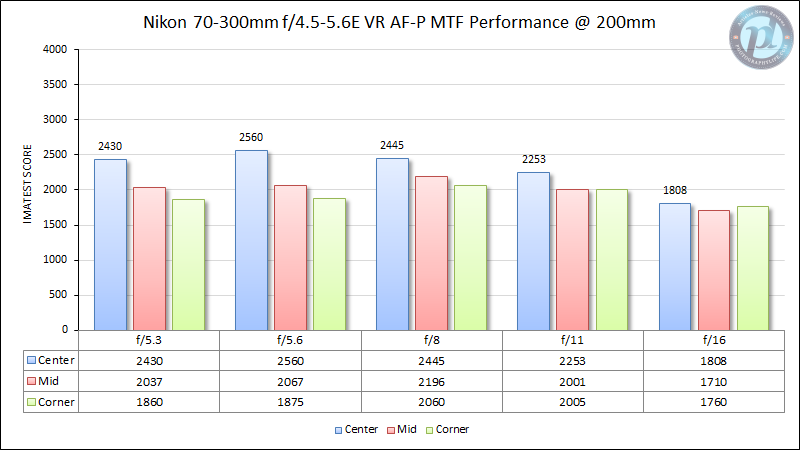
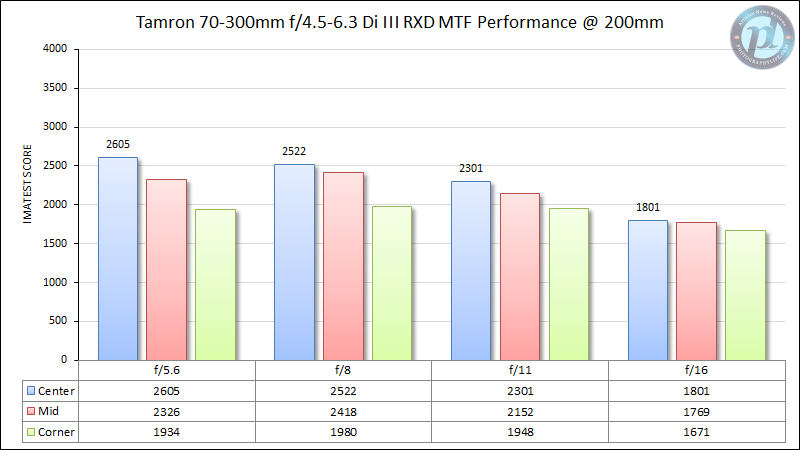
The efficiency of the Nikon AF-P 70-300mm f/4.5-5.6E VR at 200mm is much like its efficiency at 100mm. The Tamron, nevertheless, has undergone a change in character – shedding some central sharpness however gaining some nook sharpness. The top result’s that each lenses have comparable middle and nook efficiency at 200mm. Nonetheless, the mid-frame sharpness favors the Tamron.
Lastly, right here is 300 mm:
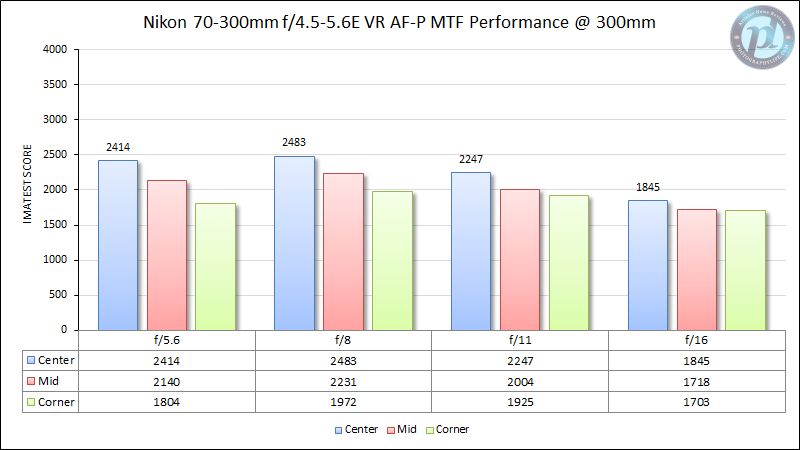
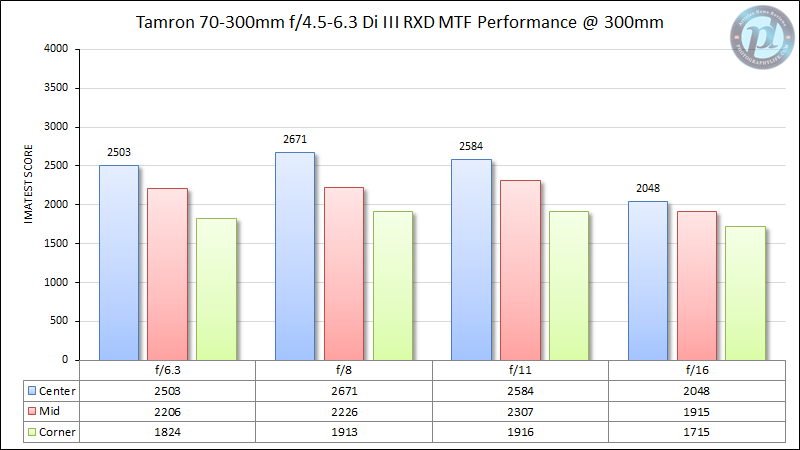
As with the 200mm, each lenses are fairly comparable at 300mm. The Tamron lens has a slight edge within the middle and center of the body, whereas nook sharpness stays neck and neck.
General, I’d charge the Nikon lens as extra constant throughout its focal lengths. The Tamron 70-300mm f/4.5-6.3 has a little bit of a break up persona. At wider focal lengths, it’s extremely sharp within the middle however worse within the corners; at longer focal lengths it has pretty even sharpness throughout the body. Each lenses are very sharp for many purposes, however it is best to most likely think about these variations primarily based in your private wants.
Worth
It is a uncommon case the place the Tamron lens is costlier than the Nikon lens… or so it appears at first look. The MSRP of the Nikon AF-P 70-300mm f/4.5-5.6E is $600, whereas the MSRP of the Tamron 70-300mm f/4.5-6.3 is $700.
Nonetheless, this doesn’t take note of the worth of the Nikon FTZ adapter which you will have to make use of the Nikon lens on a Z-series digital camera. Additionally it is true that the Tamron lens is often on sale for $600 . In follow, the 2 lenses are principally the identical in worth and worth.
You’ll be able to examine present costs and assist my testing efforts at Pictures Life, on the following B&H affiliate hyperlinks:

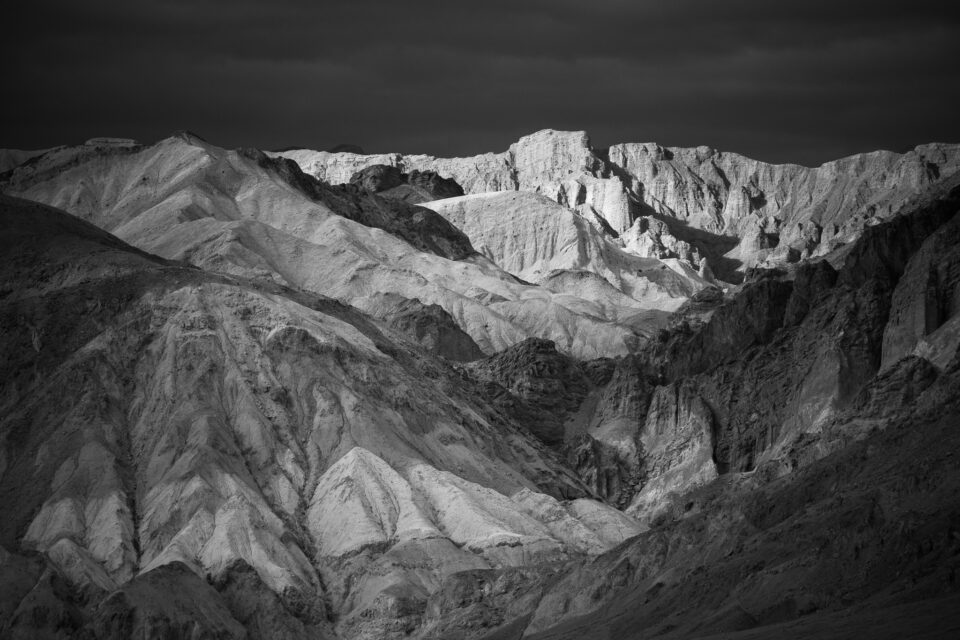
Conclusion
For full-frame Nikon Z shooters, I am leaning in the direction of recommending the Tamron. It is a bit worse optically, however not by a lot – and it is noticeably smaller and lighter than utilizing the AF-P 70-300mm f/4.5-5.6E with the adapter. Nonetheless, if you have already got the Nikon lens + FTZ adapter, I do not suppose it is value upgrading to the Tamron. You will not acquire something optically and you’ll lose some huge cash when promoting your lens.
One other case the place the Nikon lens wins is when you intend to make use of one in every of these lenses with a Nikon Z DX digital camera. Nikon has but so as to add built-in picture stabilization to any of its Z DX cameras (hopefully that can change quickly), and the Tamron lens would not have built-in vibration discount. So the Nikon AF-P 70-300mm f/4.5-5.6E would make far more sense on this case.


Hope that helps! Be at liberty to ask me any questions on these two lenses within the feedback part under, and I am going to do my greatest to reply them.
[ad_2]

Leave a Reply